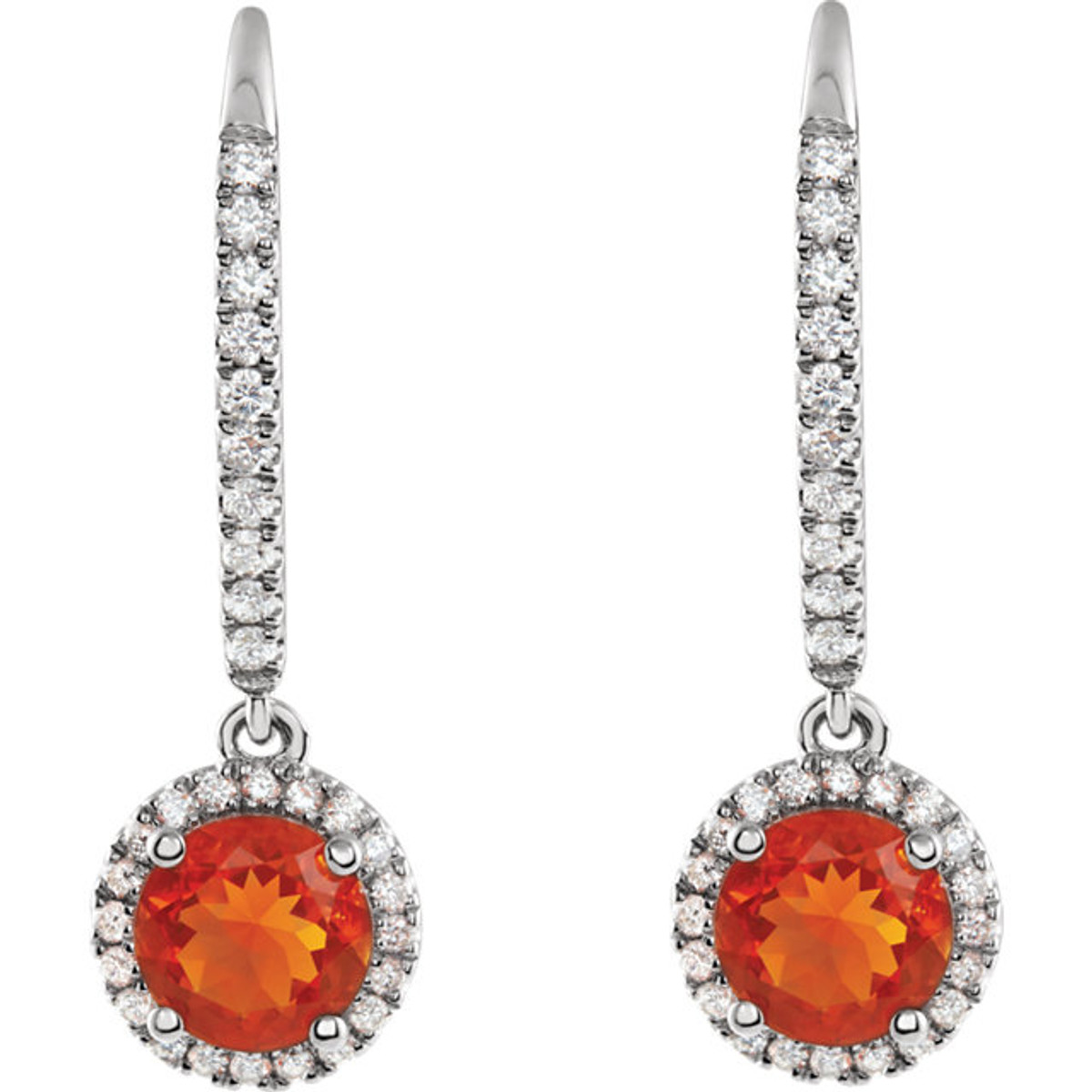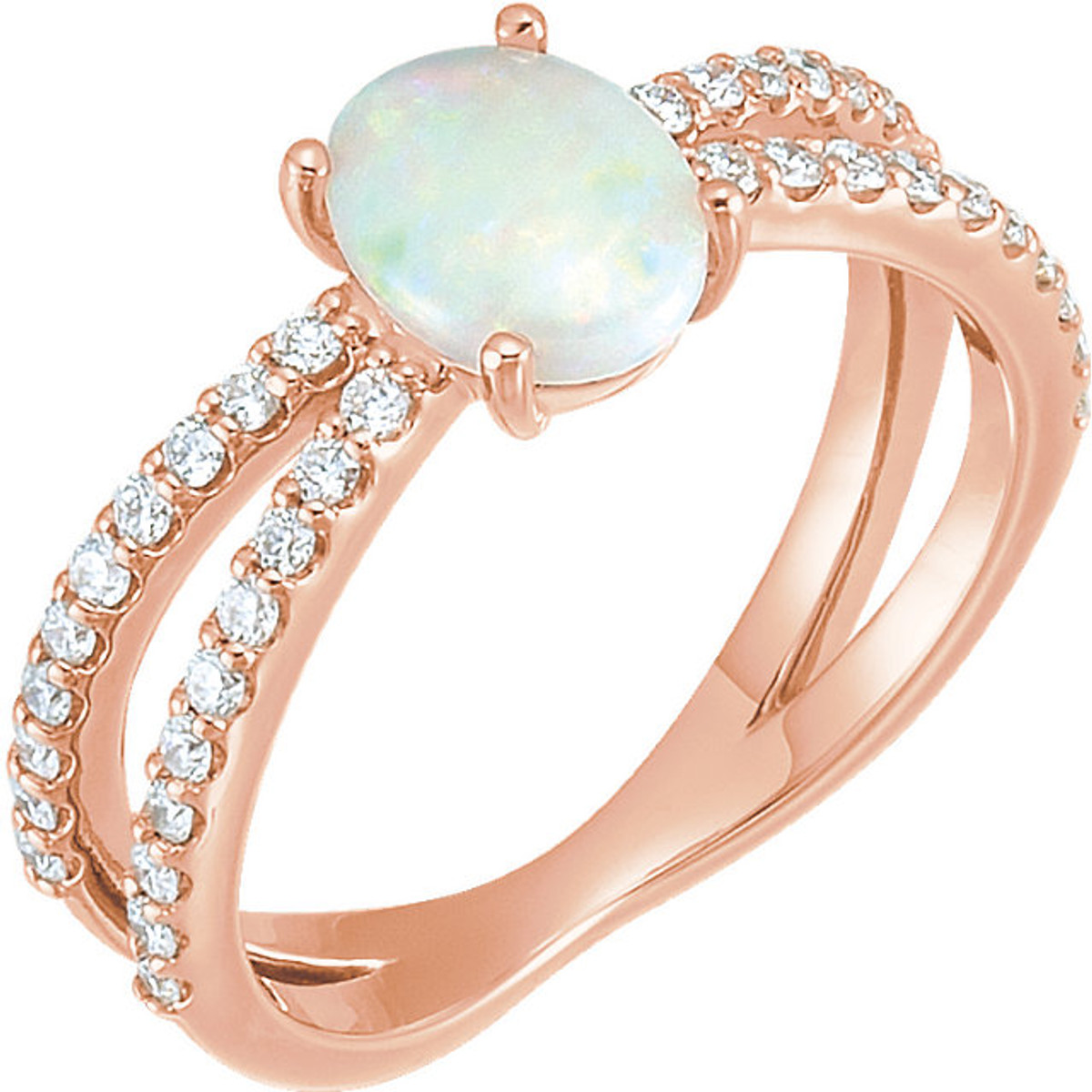Like fireworks, you can find every color bouncing out of an opal gemstone. Writers and poets have written about the beauty of opal and all the mysterious beliefs behind it. This gem is definitely unique and mysterious. Opal is one of the birthstones of October. And since it's the first few days of October, we wanted to shine some light on this beautiful colorful gemstone.
Opal has up to 20% of water trapped in it's silica structure. On average, you can find about 5-10% water in most opals. There are two broad classes of opal: precious and common. Precious opals are generally the more common type of opals you will find and it displays "play-of-color" where you can find an array of colors in the gem. Common opals have no display of color.
Play-of-color occurs when sub microscopic spheres are stacked like a grid. The light waves that travel between these microscopic spheres and bends breaks up into the colors of the rainbow. There are many different groups of opals but there are 5 main ones. Which are:
- White or light opal: the play-of-color is against a white or light grey background
- Black opal: the play-of-color is against a black or dark background
- Fire opal: also known as a "Mexican Opal". This type of opal is usually on a brown, red, orange, or yellow body of color.
- Boulder opal: this type of opal is usually has fragments of surrounding rock and on a light to dark background.
- Crystal or water opal: usually on a clear background and you can find the most color in these type of opals. They are usually transparent to semi-transparent.
Most opals are mined in Australia but opals can be found in the U.S., Mexico, South America, and Ethiopia. In fact, these days the main source of opals comes from Ethiopia. The largest and most valuable opal found is 998 grams and valued at around $675,000. This opal is known as the "Olympic Australis" found in 1956 along the "Eight Mile" opal field in Cober Pedy, South Australia.

Not only do opals have such a wide variety, but they also have a long history in myths and beliefs. Our favorite part of a gemstone discovery is the beliefs the ancient and modern world has towards gemstones. Arabic legend believed opals fell from the heavens in flashes of lighting. Somewhat similar to the Bedouins, which believed opals contained lighting in it the actual stone. Ancient Greeks thought opals protected you from disease and gave the gift of prophecy.
There is one superstition behind opals. It states that people born in October should never wear opal because its bad luck. We want to say this is false and does not have any grounds to it because it was written in a novel, Anne of Geierstein by Sir Walter Scott, and that's the only place you would find this information. Also, throughout most of history opals are regarded as one of the luckiest and most amazing gemstone due to it reflecting all the colors.
One thing for sure is opals have always symbolized hope, purity and truth. It is also the 14th wedding anniversary. Need some inspiration for a birthday in October or a wedding anniversary coming up, we've got some great opal jewelry. Shop our selection here.



